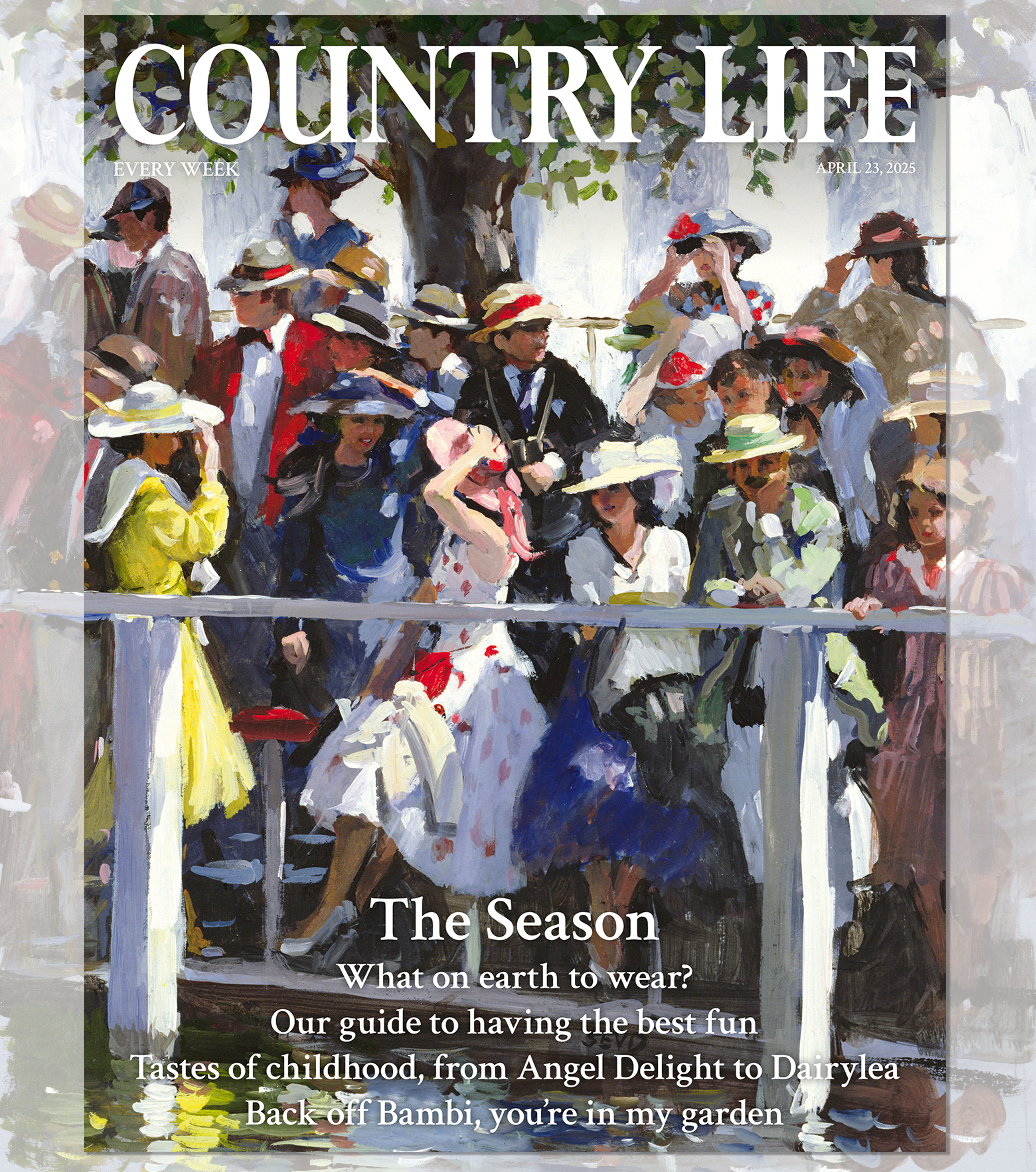Jack Russells elevated to pedigree status
The status of the much-loved Jack Russell terrier has gone up in the world, as the Kennel Club grants the breed pedigree status


The Jack Russell terrier, irrepressible, shorter-legged relation of the Parson Russell, is at last, to be recognized as a pedigree breed by the Kennel Club (KC). From January 1 2016, the KC will record Jack Russell births and will draft a Breed Standard to promote responsible breeding and ‘ensure a level of predictability’ – although many current owners will wonder exactly what that means.
Although Jack Russells originated as sporting little dogs short enough to fit down a fox’s earth and were predominantly coloured white with brown patches, the term can be loosely applied - many ‘Jack Russells’ are in fact, cross-bred with borders, Patterdales, Norfolks, fox terriers, Yorkies and even chihuahuas and shih tzus.
The Jack Russell will become KC’s 216th recognized breed and the 27th member of the terrier group. The KC’s recent additions have been minority breeds, such as the Portuguese pointer and the Hungarian pumi; this is the first new breed for a long time to have such established popularity and it will be interesting to see how long it takes to become ‘top dog.’
Sign up for the Country Life Newsletter
Exquisite houses, the beauty of Nature, and how to get the most from your life, straight to your inbox.
-
 Vintage tractors and memories of summers past, with Oliver Godfrey
Vintage tractors and memories of summers past, with Oliver GodfreyOliver Godfrey, head of machinery at Cheffins, joins the Country Life podcast to talk about the joys of vintage tractors
By James Fisher
-
 Country Life 23 April 2025
Country Life 23 April 2025Country Life 23 April 2025 looks at how to make the most of The Season in Britain: where to go, what to eat, who to look out for and much more.
By Toby Keel